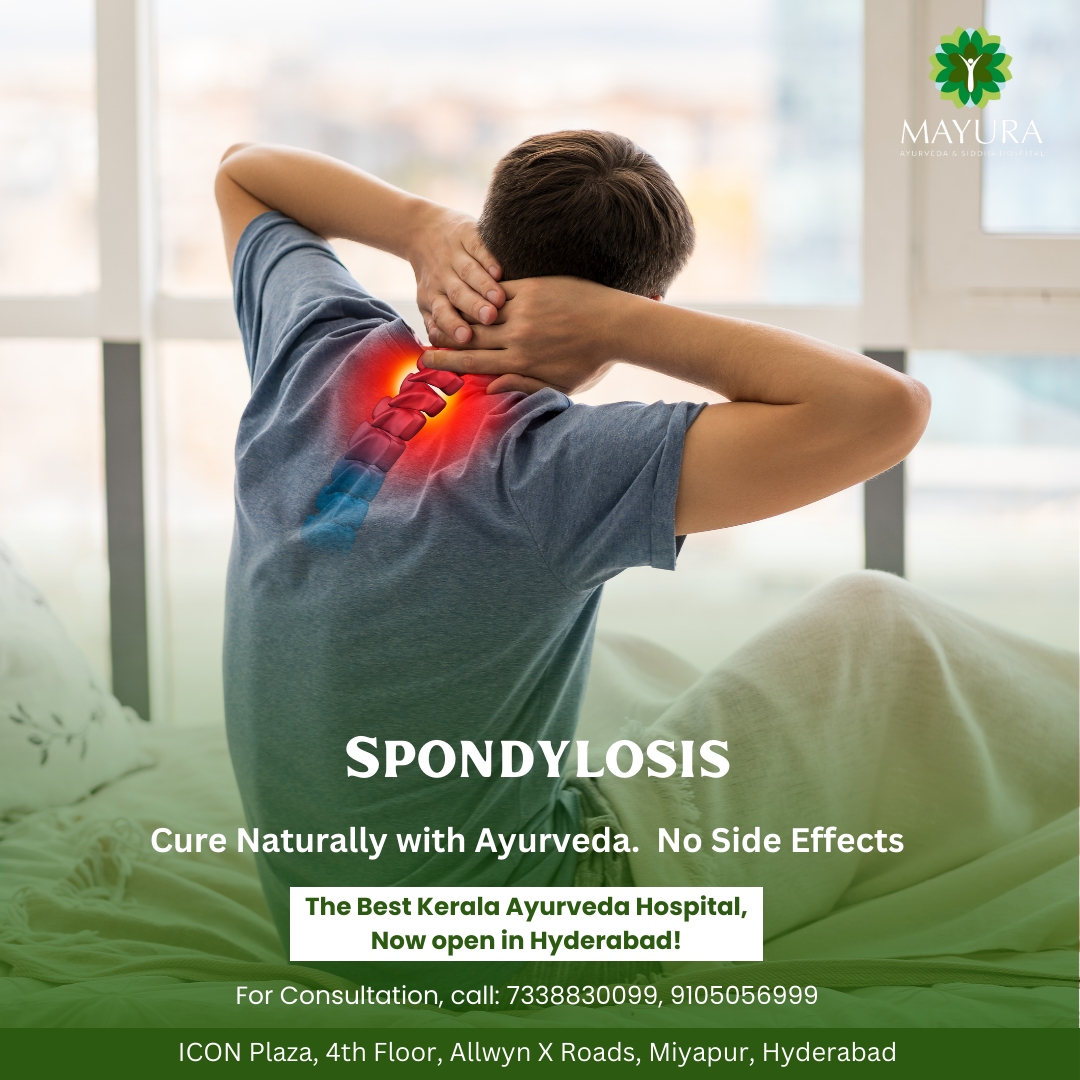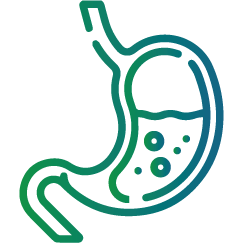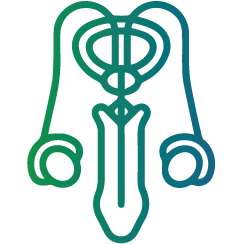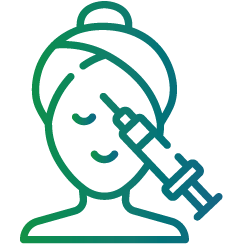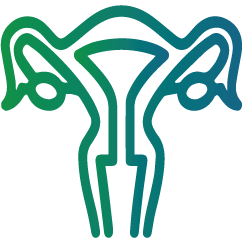Spondylosis, also known as spinal osteoarthritis, is a condition that affects the spine as we age. It involves the wear and tear of the spinal discs and facet joints, leading to various symptoms that can impact daily life. In this blog, we will delve into the intricacies of spondylosis, from its causes to its management, providing you with valuable insights to navigate through this common yet challenging condition.
Understanding Spondylosis:
Spondylosis Causes: The primary cause of spondylosis is the natural aging process. As we grow older, the discs and joints in our spine undergo degenerative changes, such as loss of fluid and flexibility. Other contributing factors include genetic predisposition, injuries, and certain lifestyle choices like poor posture and lack of exercise.
Spondylosis Symptoms: Recognizing the symptoms of spondylosis is crucial for early intervention. Common signs include neck or back pain, stiffness, and reduced range of motion. In severe cases, individuals may experience radiating pain, tingling, or numbness in the limbs. Understanding these symptoms can prompt timely medical attention and improve the chances of effective management.
Managing Spondylosis:
Medical Interventions: Medical professionals may recommend a variety of treatments based on the severity of the condition. This could include pain relievers, anti-inflammatory medications, or muscle relaxants. Physical therapy is often advised to improve flexibility and strengthen the muscles supporting the spine.
Lifestyle Modifications: Simple lifestyle changes can play a significant role in managing spondylosis. Maintaining good posture, engaging in regular exercise, and avoiding prolonged periods of inactivity can help alleviate symptoms and prevent further degeneration.
Alternative Therapies: Complementary therapies such as chiropractic care, acupuncture, and yoga may provide relief for some individuals. These approaches focus on promoting overall well-being and can be integrated into a holistic spondylosis management plan.
Surgical Options: In severe cases where conservative treatments are ineffective, surgical intervention may be considered. Procedures such as spinal decompression or fusion aim to alleviate pressure on the affected nerves and stabilize the spine.
Empowering Yourself Against Spondylosis:
As you navigate the challenges of spondylosis, remember that knowledge is a powerful tool. Understanding the condition, its causes, and available management strategies empowers you to make informed decisions about your health. Regular check-ups with healthcare professionals, combined with a proactive approach to lifestyle modifications, can help you regain control and lead a fulfilling, pain-free life despite spondylosis.
In conclusion, spondylosis is a common condition that many individuals face as they age. By arming yourself with knowledge and adopting a comprehensive approach to management, you can minimize its impact and continue to enjoy a healthy and active lifestyle.

